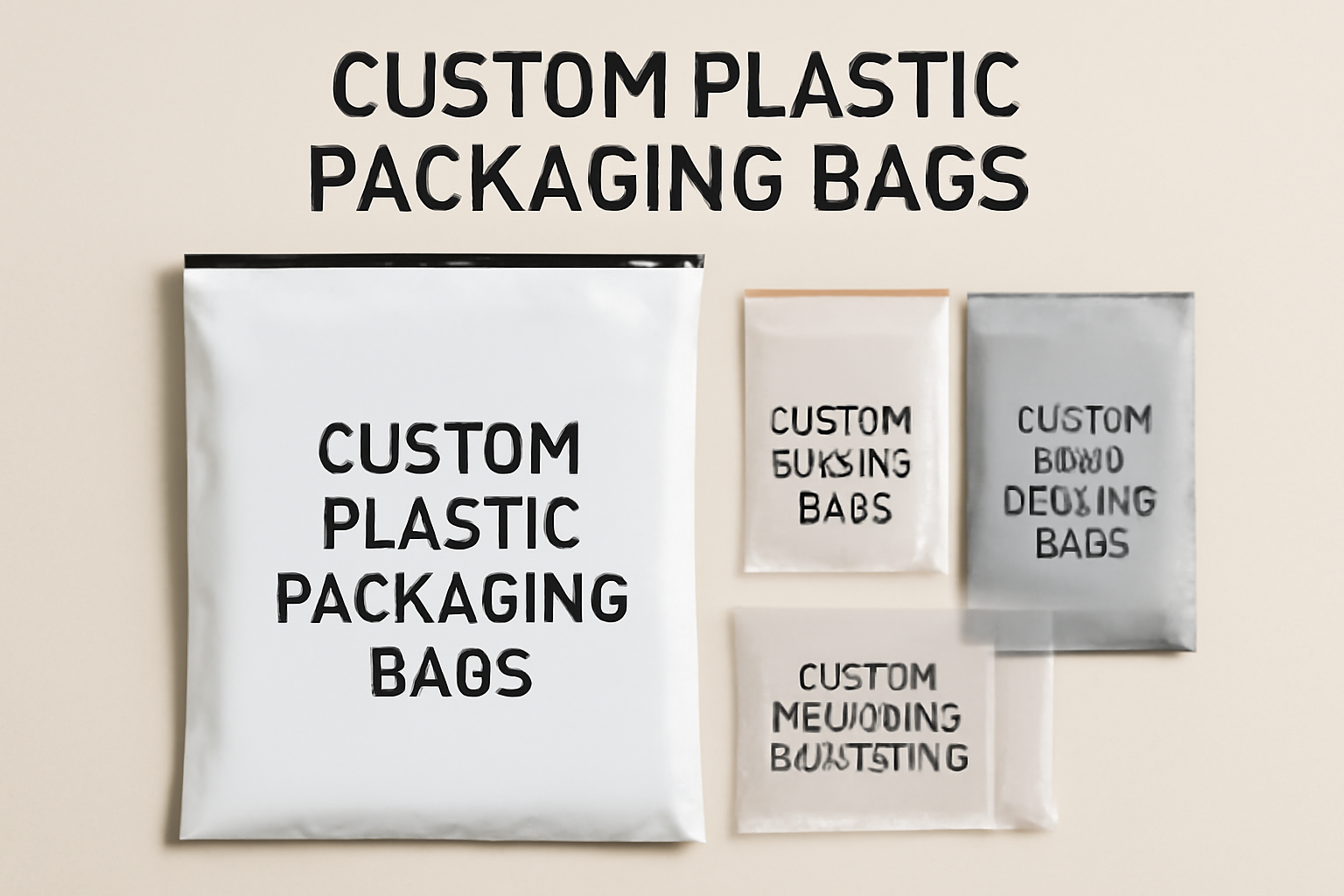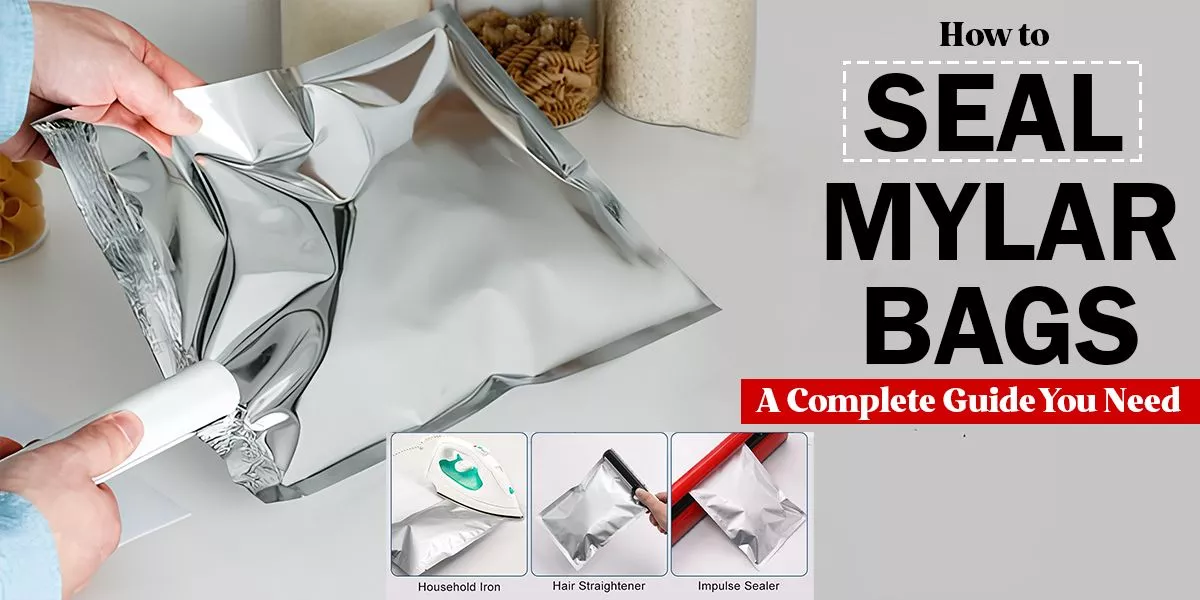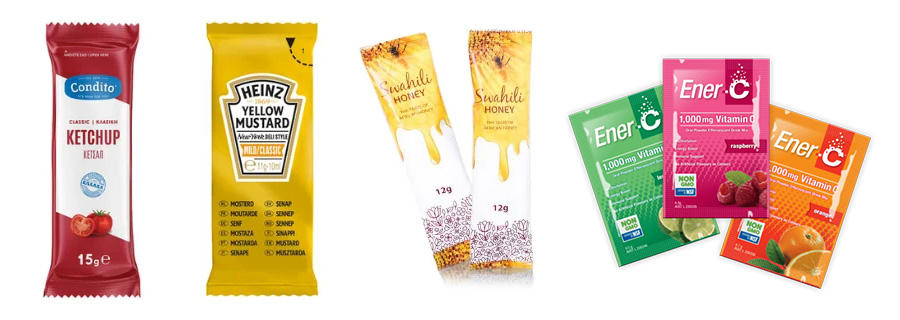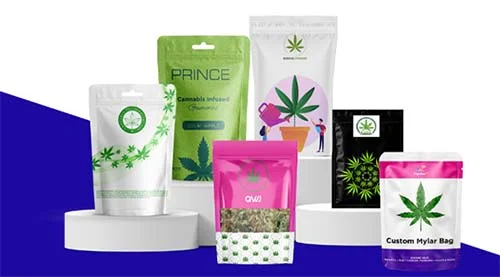Pour, Seal, Repeat
Squeeze sauce from a pouch, sip a smoothie on the move—spout packaging is convenient. Also called spout pouches, flexible bags with built-in spouts redefine convenience for liquids and semi-liquids, from baby food to cleaning solutions. Spout packaging, responding to what is spout packaging, exhibits a design that combines portability, strength, and convenience, transforming how products are consumed and stored in households, stores, and more.
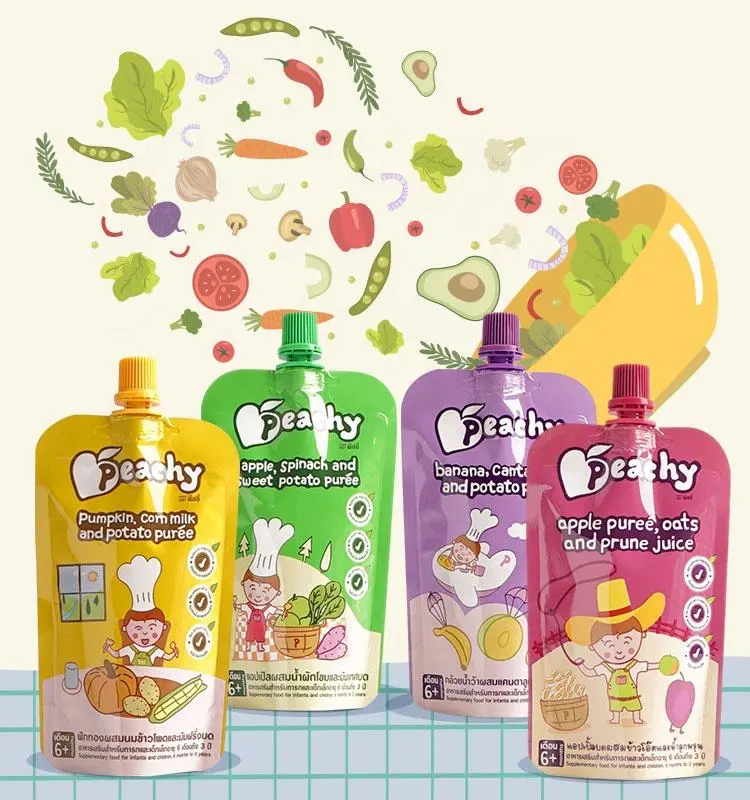
Inside Spout Packaging
Spout pouches are flexible bags with a nozzle or spout to pour in a controlled manner, typically made of laminated films like polyester, polyethylene, or foil. These layers protect contents from air, light, and moisture, maintaining freshness. The spout, typically paired with a resealable cap, allows precise dispensing without spilling and is thus best used for liquids like juices, gels like hand sanitizers, or viscous products like yogurt.
Unlike rigid bottles, spout packaging is lightweight, reducing shipping costs and storage capacity.
The design is ingenious. A typical pouch might use polyester for strength, foil for barrier, and polyethylene for sealability, with the spout molded from food-grade plastic for safety. Caps can screw on, snap shut, or be child-resistant, fitting a variety of needs. For example, a pouch for baby food might have a soft, wide spout for easy drinking, while a detergent pouch will have a thin spout for pouring with measure. This adaptability makes spout packaging a convenient solution across industries.
Everyday Impact
Spout packaging solves everyday consumer and business problems, making daily life simpler:
- Ease of Use: Spouts eliminate spoons or funnels. A parent can give a toddler a pouch of applesauce without worrying about mess, and a camper pours soup from a pouch without any extra gear.
- Portability: Spout pouches are small and light and will fit into lunchboxes, gym bags, or travel kits. A hiker can carry a hydration gel pouch, which is less bulky than a bottle.
- Less Waste: Precise pouring minimizes spills, and resealable caps enable consumers to save leftovers. A single pouch of salad dressing can be utilized for a number of meals, unlike single-serve packets.
- Cost Savings: Spout pouches are lighter in weight than rigid plastic or glass, which lowers shipping and material costs, a savings for companies scaling up or consumers who purchase in bulk.
Sustainability is another consideration. The majority of pouches use recyclable or bio-based films, which align with the trends for eco-friendliness. A juice business that uses recyclable spout pouches, for instance, appeals to green consumers while keeping the product fresh. These benefits make spout packaging a smart, modern solution.
Industry Game-Changers
Spout pouches perform well in markets where protection and convenience are critical. Here’s where they make a difference:
- Food and Beverage: Juices, purees, and sauces perform well in spout pouches. A smoothie brand might use wide-spout pouches for easy drinking, while a condiment brand uses narrow spouts for drizzling.
- Baby Products: Applesauce, yogurt, or fruit mix spout pouches are parent-friendly with soft spouts that won’t harm tiny mouths and child-resistant caps for safety.
- Household and Personal Care: Liquid soaps, detergents, or hand sanitizers use spout pouches for messy-free dispensing. A travel-sized lotion pouch fits in a carry-on.
- Medical and Wellness: Nutritional gel or liquid supplement spout pouches offer precise dosing, ideal for on-the-go patients or athletes.
Customization contributes to their appeal. Various spout sizes are available, from wide for thick liquids to narrow for thin liquids. The caps may be tamper-evident for safety or textured for easy grip. Printed designs, like colorful fruit on a juice pouch or an elegant matte finish on a soap pouch, provide shelf appeal. These are the elements that turn functional packaging into a customer magnet.
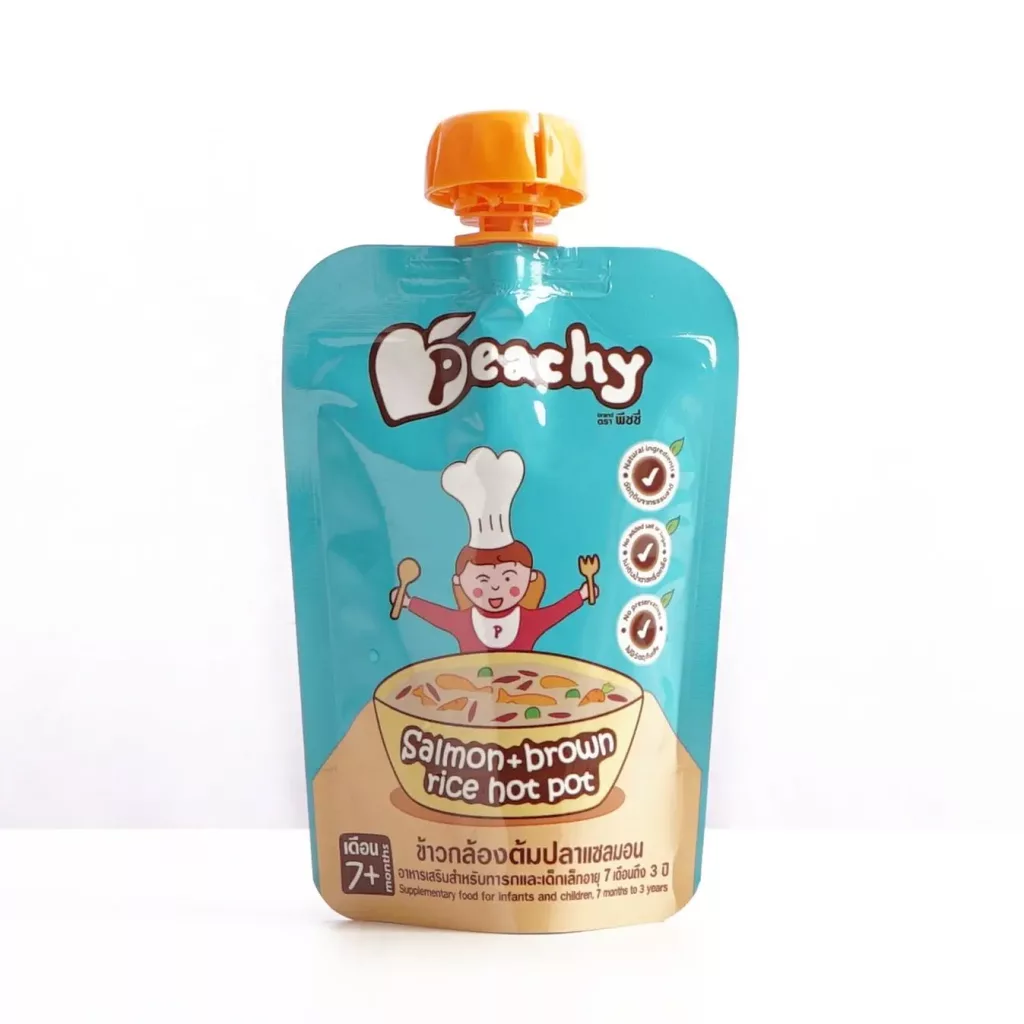
Weighing the Downside
There is no ideal packaging, and spout packaging is not immune to problems. Spouts and caps increase the cost of manufacturing compared to simple pouches, which can strain small business budgets. Durability is a concern—thin films can be punctured during shipping, and poorly designed spouts can leak if they become overpressurized.
Recycling is tricky; while some pouches are recyclable, multi-material structures must have special facilities, making green claims difficult. Consumer misuse, like trying to force a cap open, will also compromise seals, reducing confidence.
Avoiding these issues requires planning:
- Thicker films or reinforced spouts enhance durability at a cost.
- Clear recycling instructions on pouches promote user disposal.
- Pressure resistance tests on spouts ensure they withstand transportation.
A sauce brand, for example, might test various spout sizes to balance flow and durability to avoid leakage and please customers.
Strategies for Success
To get the most out of spout pouches, companies must balance design and purpose. A guide:
- Match Spout to Product: Wide spouts are for thick liquids like yogurt; narrow ones for thin liquids like juice. Play around with flow rates for pouring ease.
- Ensure Durability: Use strong films and pressure-tested spouts to render punctures or leaks a rarity. A detergent pouch should be able to withstand squeezing without bursting.
- Improve Safety: Add child-resistant or tamper-evident closures for products like cleaners or medications, meeting standards like FDA regulations.
- Increase Visual Impact: Use high-end printing for eye-catching graphics or clear windows to showcase contents, like a brightly colored smoothie pouch that pops on shelves.
- Prioritize Sustainability: Opt for recyclable or single-material films, but verify local recycling availability to avoid greenwashing. Educate consumers on disposal.
- Pilot Before Scaling: Run small tests to gain feedback on usability, durability, and design. A baby food brand can discover that a softer spout wows parents.
An energy drink company testing spout pouches can discover that a screw-cap is preferred to a snap-cap among gym-goers, refining the design before full launch. These processes ensure the packaging brings value from production to purchase.
Trends Shaping the Future
Spout packaging is evolving to suit contemporary demands. Some of the innovations include:
- Biodegradable spouts made from plant-based plastics, reducing environmental impact
- Intelligent packaging, like QR codes on pouches linking to recipes or recycling information
- Ergonomic, smarter child-resistant spouts that won’t frustrate adults
- Mailbox-friendly pouch formats for online sales, reducing shipping expenses
These trends foreshadow a future where convenience, sustainability, and technology converge in every pour.
Closing the Cap
Spout pouches answer what is spout packaging with a design that’s as practical as it is innovative. They make pouring easy, storage effortless, and products long-lasting, serving everyone from busy parents to outdoor enthusiasts. By solving challenges like recycling and durability, manufacturers can realize the full potential of spout packaging. From a baby food pouch to an athlete’s gel, this packaging proves a small spout can make a big difference.

